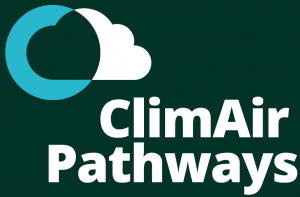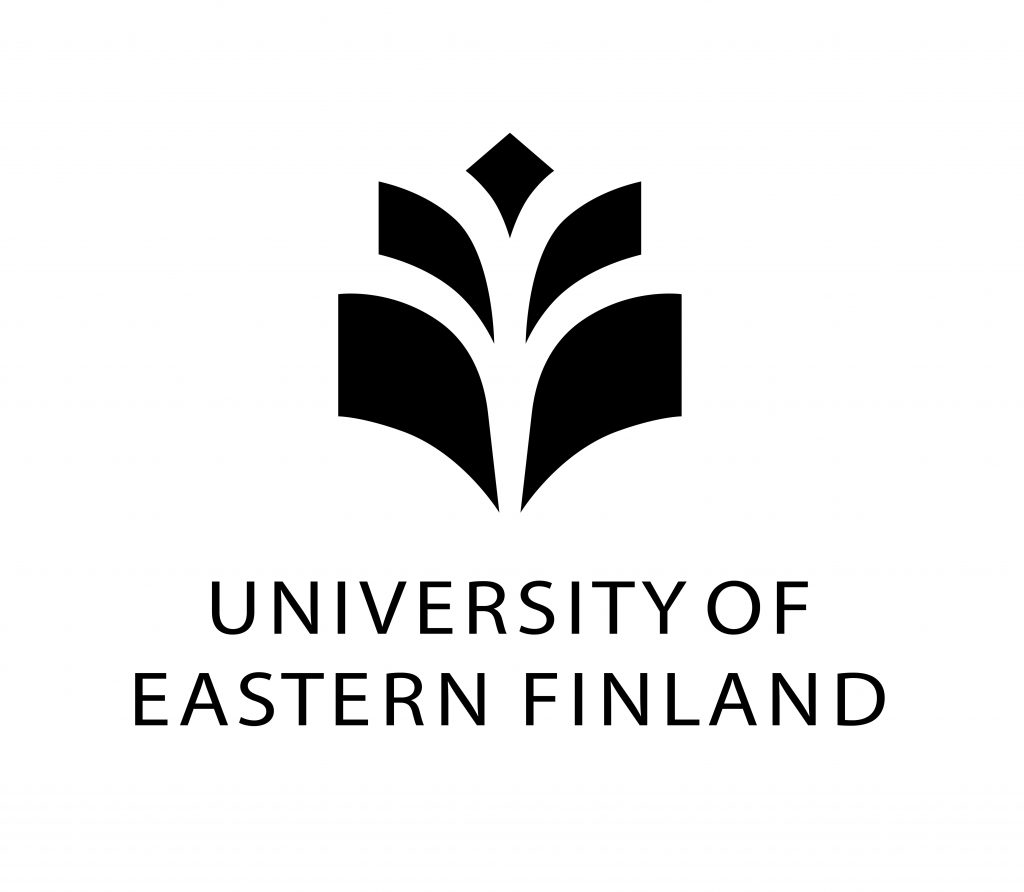The WHITE project brings together a combination of law, atmospheric physics and environmental science to identify ways to strengthen the regulatory framework for reducing emissions of short-lived climate pollutants (SLCPs) in the Arctic.

Why SLCPS in the Arctic?
Strengthening action on SLCPs could slow down climate change in the short-term while simultaneously improving local air quality and bringing health benefits, especially in sensitive regions like the Arctic. They include black carbon, methane, tropospheric ozone and some hydrofluorocarbons (HFCs). According to estimates by the United Nations Environment Programme, reducing SLCP emissions could slow the rate of global climate change by 0.5°C by 2040, leaving more time for transitioning to a low-carbon economy.
The Arctic region is warming faster than the global average and the extent of Arctic sea ice has been declining dramatically. Recent research indicates that SLCPs, including black carbon and methane, contribute to Arctic warming. Without new controls, their emissions may increase driven, for example, by expanding economic activities in the Arctic. In addition to their warming impact, SLCFs are, in many cases, harmful air pollutants.
How did the WHITE project address this?
The project produced a comprehensive analysis of regulatory options for reducing SLCP emissions – black carbon and methane – in the Arctic regions on the basis of latest research on SLCP emission models and climate change impacts of the various regulatory options. The consortium was led by Kati Kulovesi, Professor of International Law, Law School, UEF. Sub-project leaders were Professor Kari Lehtinen from the UEF Department of Applied Physics, Dr Kaarle Kupiainen from the Finnish Environment Institute-SYKE and Dr Ismo Pölönen from the UEF Law School.
Publications
- Khan, Sabaa. The Global Commons Through a Regional Lens: The Arctic Council on Short-Lived Climate Pollutants. In Transnational Environmental Law, 2016.
- Savolahti M., Karvosenoja N., Tissari J., Kupiainen K., Sippula O. & Jokiniemi J. 2016. Black carbon and fine particle emissions in Finnish residential wood combustion: Emission projection, reduction measures and the impact of combustion practices. Atmospheric Environment 140 (2016) 495-505. DOI: 10.1016/j.atmosenv.2016.06.023 http://www.sciencedirect.com/science/article/pii/S1352231016304551
- Yamineva, Yulia, and Kati Kulovesi. Keeping the Arctic White: The Legal Landscape for Reducing Short-lived Climate Pollutants in the Arctic Region and Opportunities for Its Future Development. Transnational Environmental Law 7 (2) 201-227. DOI: https://doi.org/10.1017/S2047102517000401
- Khan, Sabaa. Connecting Human Rights and Short-Lived Climate Pollutants: The Arctic Angle. Chapter 27 in Routledge Handbook of Human Rights and Climate Governance. https://www.taylorfrancis.com/chapters/edit/10.4324/9781315312576-27/connecting-human-rights-short-lived-climate-pollutants-sabaa-khan








